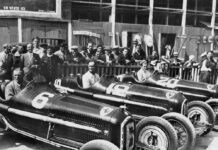With the Camaro nameplate retiring soon, we’re honoring the beloved two-door with a series of love letters, fun lists, and memories. Many performance cars, especially nowadays, aim for an anodyne version of perfection that only a few can afford. The Camaro is for the rest of us—and it’s always ready to party. Still, we can’t pretend the car we’re about to celebrate over the next week or so is perfect. That in mind, let down your hair and come with us for a deep dive into what, exactly, makes the Camaro so bitchin’. Here: the highs and lows from each of the Camaro’s six generations.
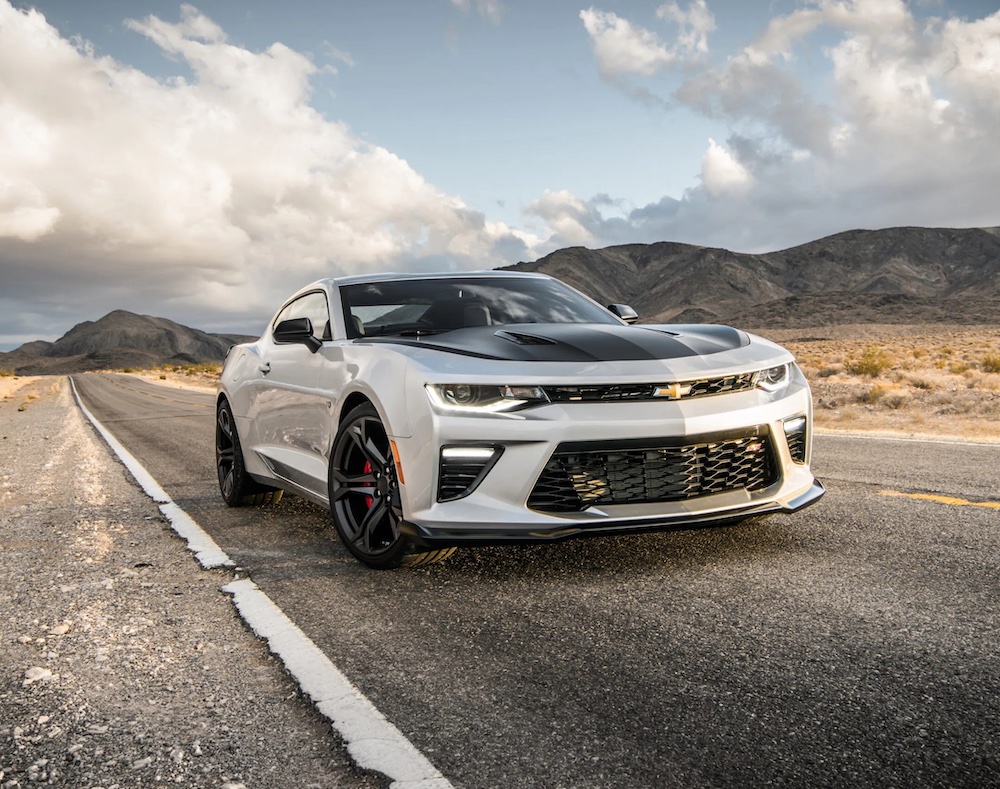
With so many memorable models and so many race-winning performances, it’s difficult to pick just one highlight from each generation of Camaro. Of course, we like to challenge ourselves, so we did exactly that, polling our staff to choose one high and one low from each of the six generations of our favorite Detroit underdog.
We welcome your input as fellow Camaro lovers: What triumphs or notable features did we neglect? Were there any issues that Chevrolet should have caught in development but didn’t? Share your thoughts with us in the comments below.
First Generation (1967–69)
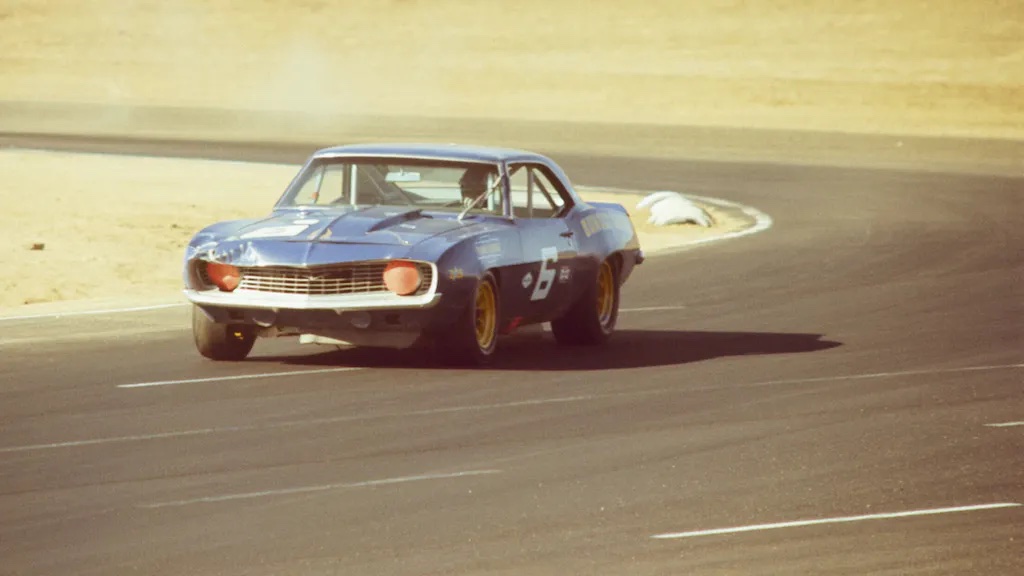
High: 1969 Trans-Am–winning Chevrolet Camaro.
AMC and the Big Three put a lot of effort into Trans Am racing in the late ’60s and early ’70s. Notable drivers included Parnelli Jones, Dan Gurney, George Follmer, Jerry Titus, and Mark Donohue. With Roger Penske as his crew chief, Donohue won back-to-back Trans Am championships for Chevrolet in 1968 and 1969 powered by the big-bore, short-stroke 302 V-8 from the Camaro Z/28 which ended production in 1969 and was replaced by the LT-1 the following year.
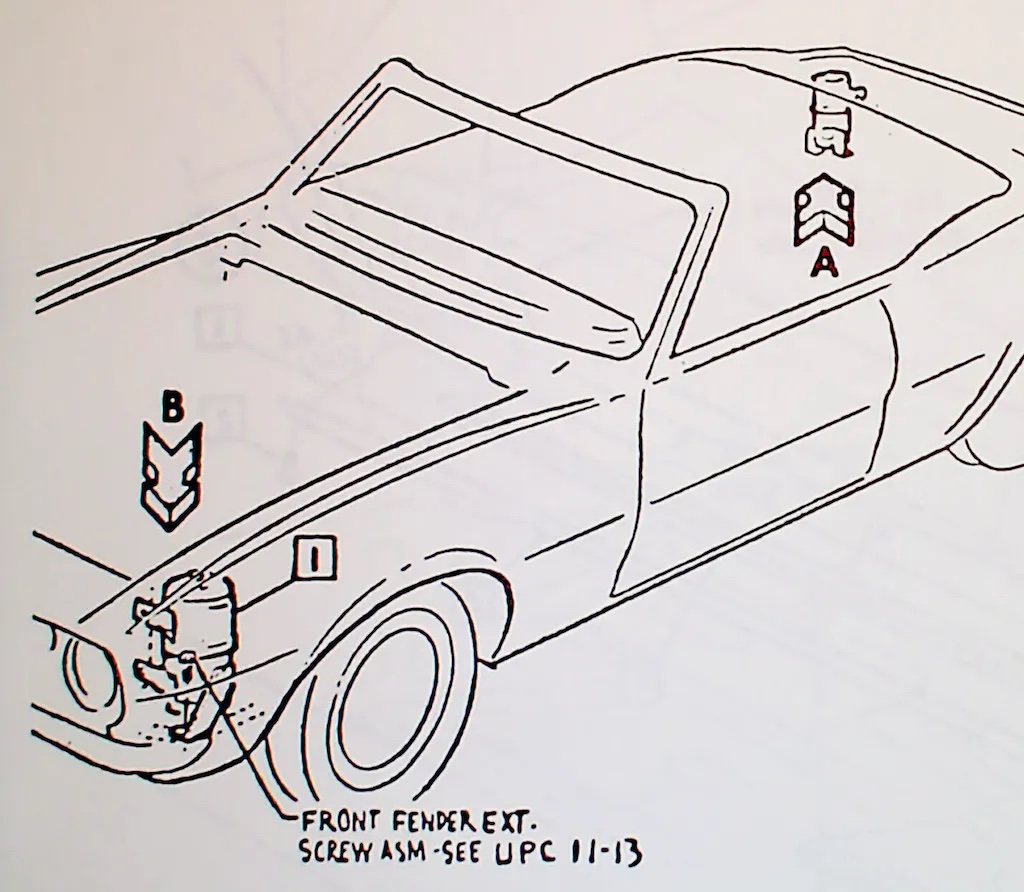
Low: “Cocktail shaker” dampers on the convertibles.
Removing the roof of the Camaro eliminated a lot of structure, introducing a lot of body flex. The solution was a set of four oil-filled canisters with a suspended weight tuned to absorb the specific frequency at which the body would vibrate. It’s not a particularly elegant solution, and the canisters added about 100 pounds to the Camaro.
Second Generation (1970–81)
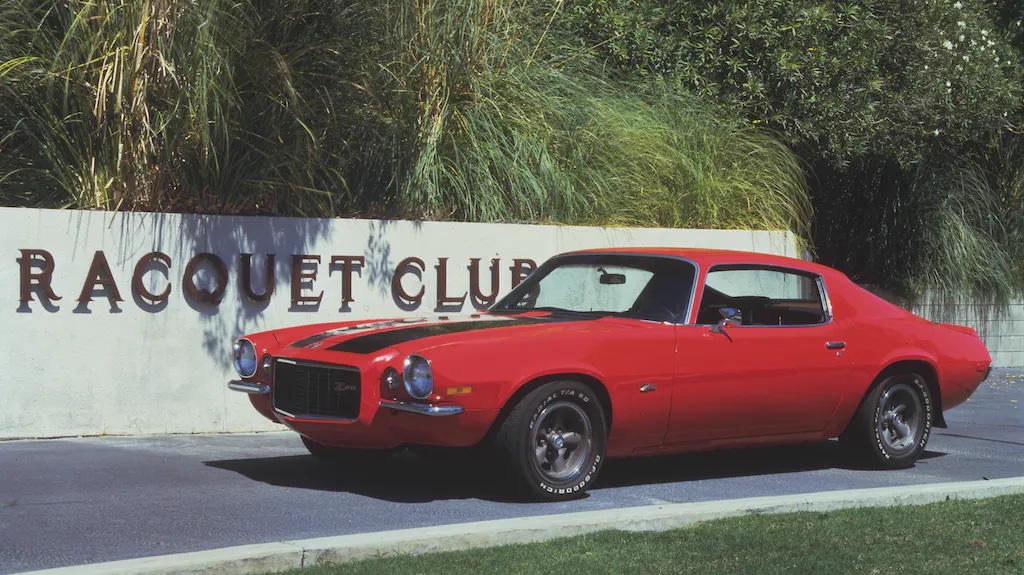
High: Pre-’74 Z/28 with all the right options.
There are plenty of ways to build a Camaro, and that degree of personalization is part of the draw of the pony car class. While there’s nothing wrong with a big-block, we’re fans of the Z/28 package, which brought a 350-cubic-inch LT-1 with a solid-lifter cam and a four-barrel carb along with upgrades to the suspension, already improved for the second-gen car. The RS package, shown here, with its redesigned fascia that included round marker lights and an extended grille framed by a split bumper, gave the Camaro a noticeably different look. If you also specced yours with a Hurst four-speed, mag wheels, and stripes—well, you might have the perfect second-gen, in our book.
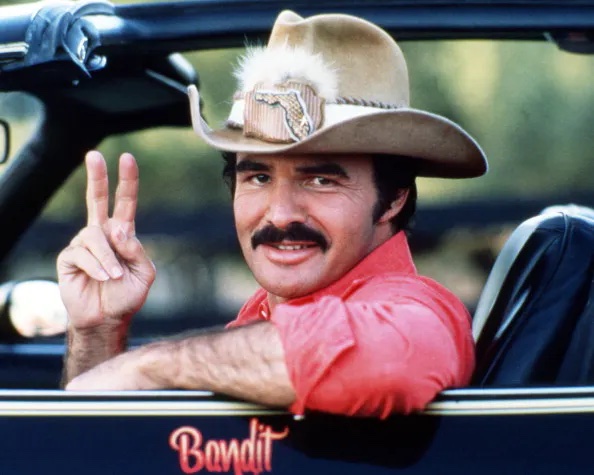
Low: This generation lived in the shadow of Burt Reynolds’ magnificent mustache and his Bandit Trans Am.
While the Camaro managed to survive the late ’70s with decent styling and sales numbers that eclipsed those of the Mustang (in 1977), the Firebird thrived, especially in Trans Am livery with its over-the-top graphics. A black and gold Trans Am, equipped with T-tops and dressed as a 1977 model, was almost as big a star as Reynolds in the film and has become synonymous with Smokey and The Bandit. Where was the Camaro movie love?
Third Generation (1982–92)
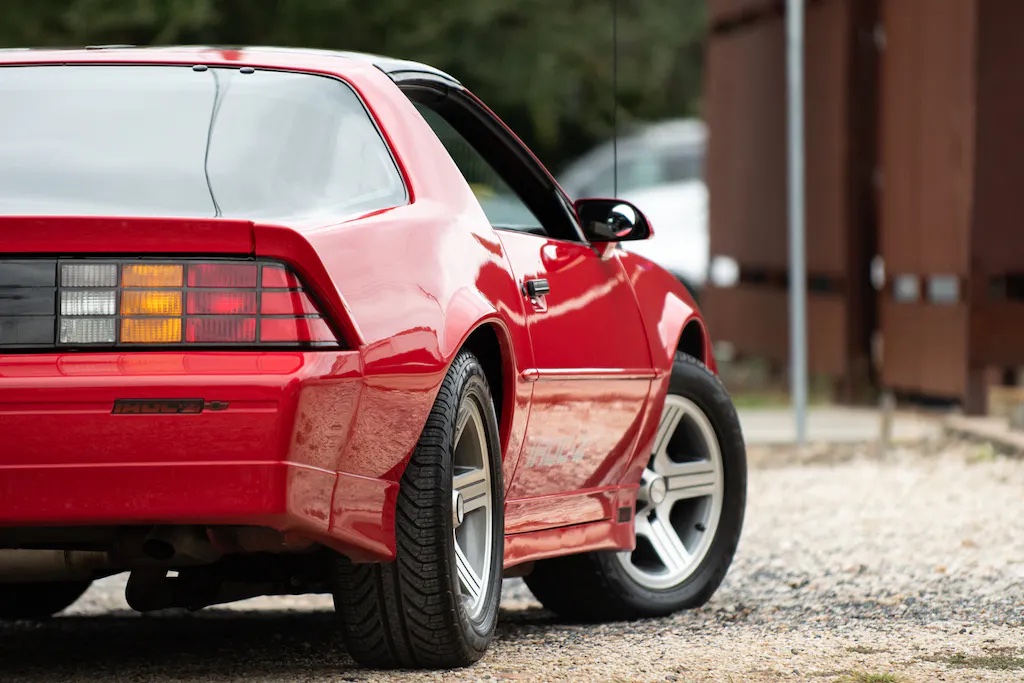
High: IROC with T-tops.
With its liftback cargo area, third-generation Camaro was downright practical, but where it really shone was the style. The IROC, with its signature 16-inch wheels and ground effects, was one of the best-looking pony cars of the ’80s and we think its looks have aged rather well. Starting in 1988, you could also option your IROC with the 1LE package, which added a close-ratio transmission and brakes improved with parts pirated from the Corvette and Caprice.
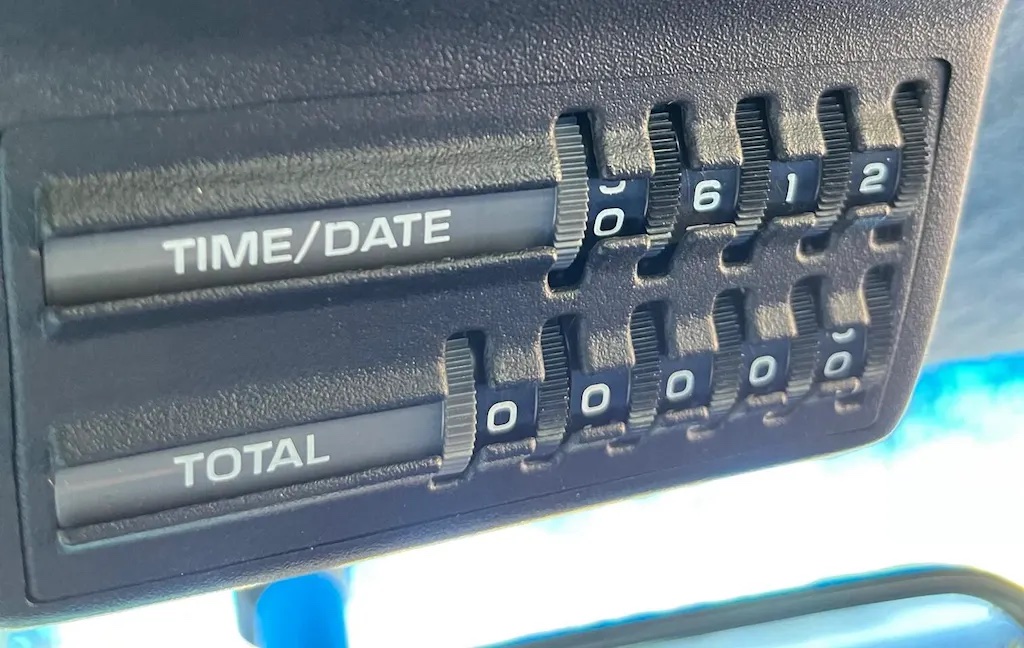
Low: The big engine came with only an auto. Also, someone kindly tell us what “Berlinetta” means, and why those cars had a datebook on the roof.
While they still look cool, the Tuned Port Injection (TPI) intakes were a bit of a strange choice for a sporty car, because their strength is low-end torque production. The 350 models produced an adequate 245 hp and an impressive 345 lb-ft of torque at the end of the third-gen’s run. The compact and lightweight T5 five-speed transmission, like the one used in contemporary Mustangs as well as in the 305-equipped Camaro, had a maximum torque capacity of 300 lb-ft and thus never found its way into the more powerful and torquey Camaros powered by the TPI 350.
Fourth Generation (1993–02)
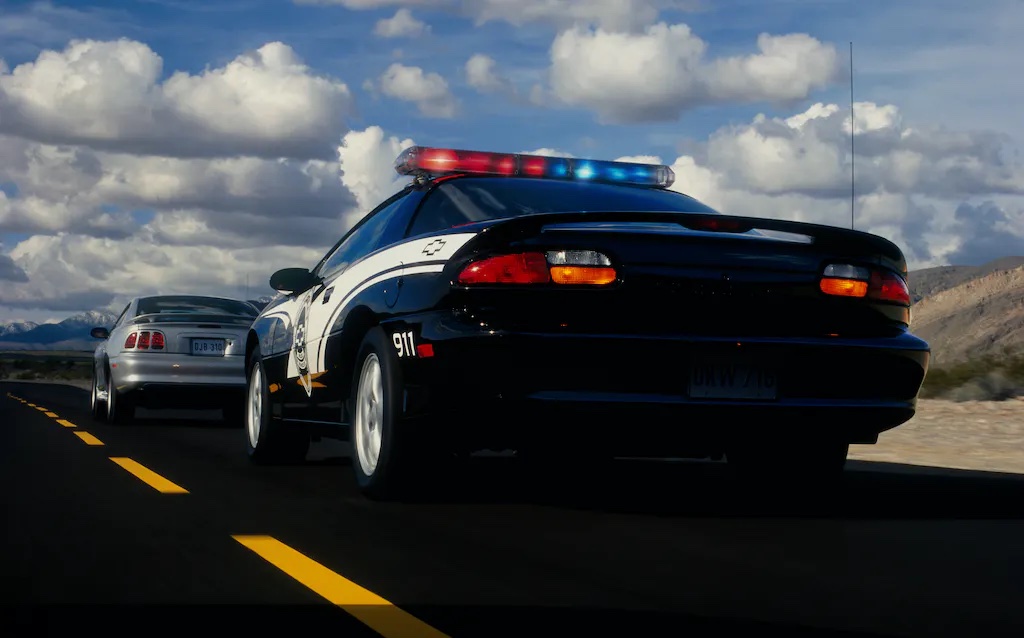
High: The B4C-package Camaros produced for police.
The B4C gave the Camaro all of the performance of the Z28 without a lot of the additional options, many of which tacked on extra weight. They were also missing T-tops which seem to be found on most of the high-performance Camaro models. While the Z28 came with a black roof and mirrors, the B4C was painted like a plain old base Camaro, so it was also a bit of a sleeper—provided it didn’t have lights on top or wear police livery.
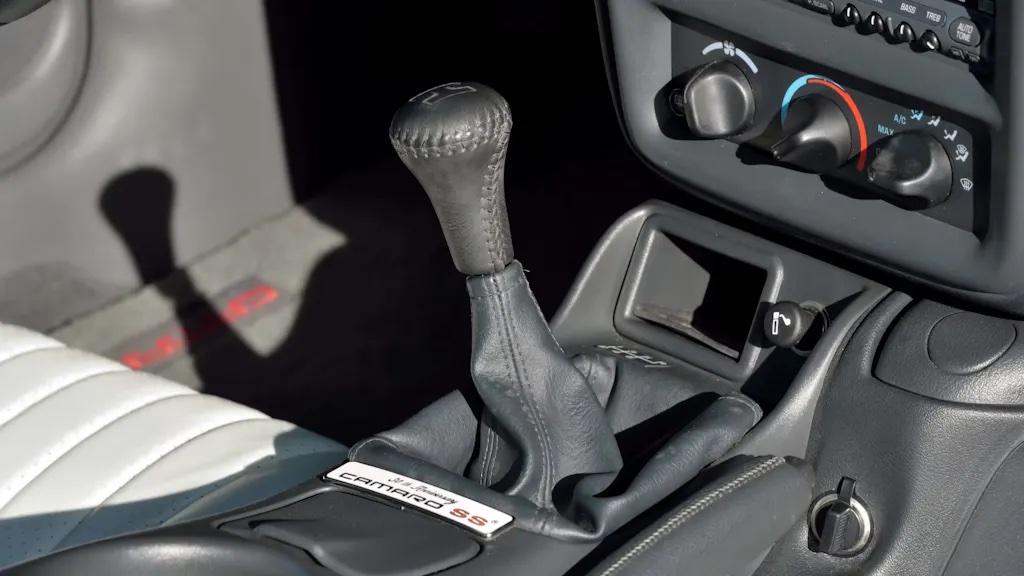
Low: “Skip shift. ”Also, the service procedure for replacing the rear spark plugs.
The tricky shift procedure could easily be worked around, but the long, steeply angled windshield meant that the engines are tucked way into the cowl on the fourth-gen Camaro. Working on the back of the engine is not going to be a simple task, but at least the plugs have a long service interval.
Fifth Generation (2010–15)
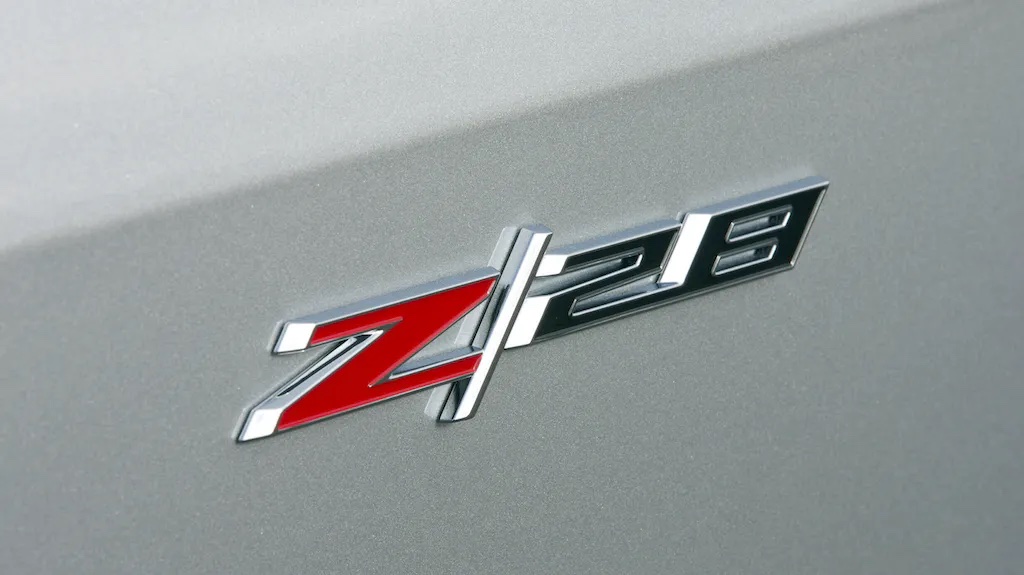
High: The LS7–powered Z/28.
“Imagine presenting to Chevrolet leadership that we wanted to sell a vehicle that had no carpet, no air conditioning, and a trunk that had one speaker just because the seatbelt chime was a requirement, and that we wanted to sell it for more than the Corvette costs. That was a personal win. And the thing was a track beast.”—Al Oppenheiser lead development engineer, fifth- and sixth-generation Camaro
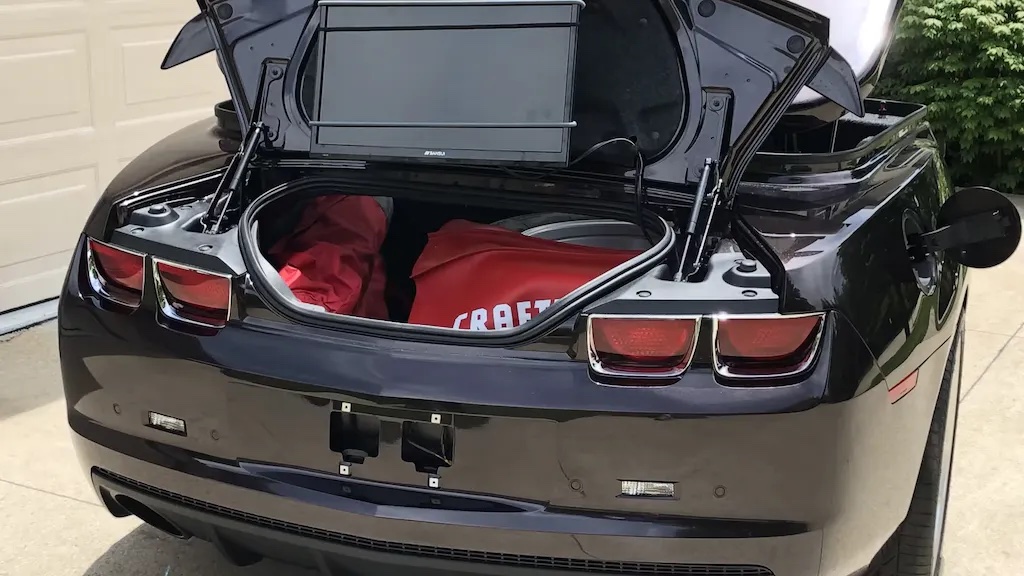
Low: Concept car trunk.
The fifth-gen Camaro returned with concept-car styling, and it was a big hit. However, like the sixth-gen that followed, this Camaro featured a rather average-sized trunk only accessible through a tiny opening. Packing can be a hassle, and large, rigid luggage is a no-go. Pack light, or pick a duffel bag.
Sixth Generation (2016–24)
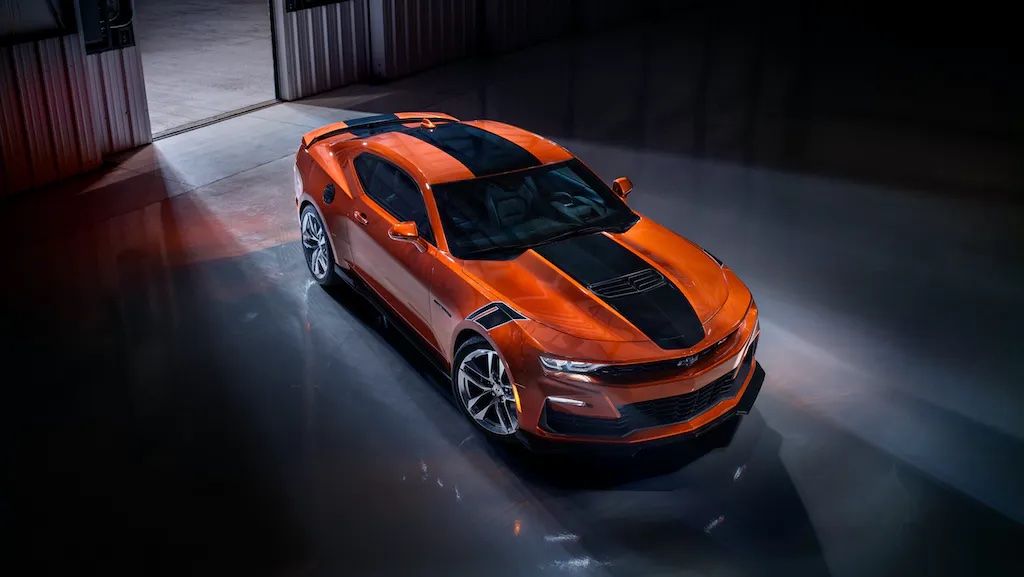
High: The SS 1LE.
The Alpha platform that underpins the 6th-gen Camaro is an absolute gem, with fantastic road manners and excellent handling and road feel. Chevrolet was nice enough to give us the 1LE package in turbo four, naturally aspirated V-6, naturally aspirated V-8, and supercharged V-8 varieties, so there’s a driver-focused 6th-gen for Camaro fans of every kind. Our favorite, of course, is the SS 1LE: It drives like a BMW M3 but looks, sounds, and hits the wallet like nothing but a Camaro.
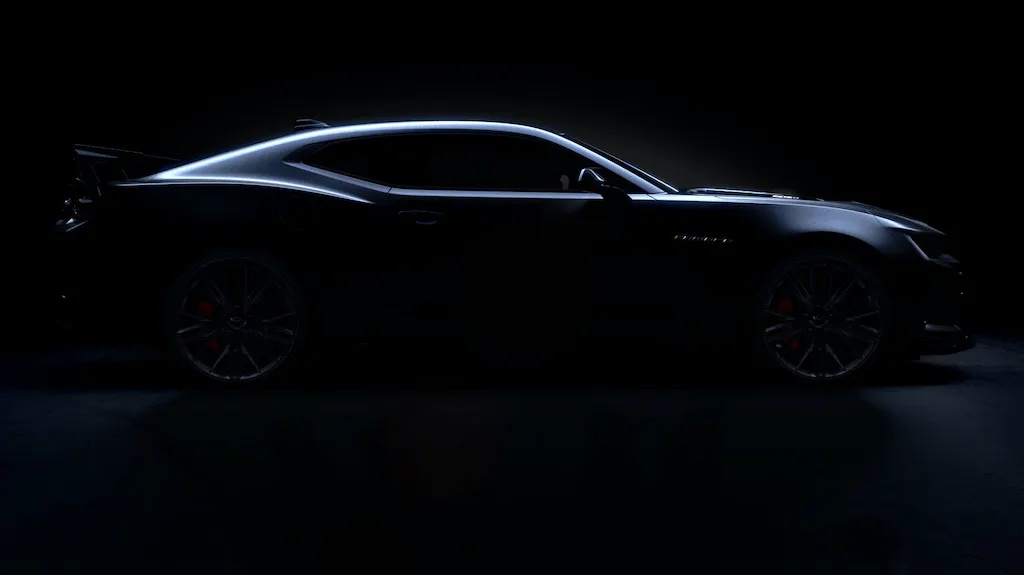
Low: Good luck seeing out of the thing.
Visibility in the sixth-generation Camaro isn’t any worse than it is in the fifth-generation, and it’s certainly no worse than many contemporary sports cars. That’s not to say it’s great. However, you get used to the sightlines. You can’t have a roof this low or a profile this sleek without some tradeoffs.
Report by hagerty.com


